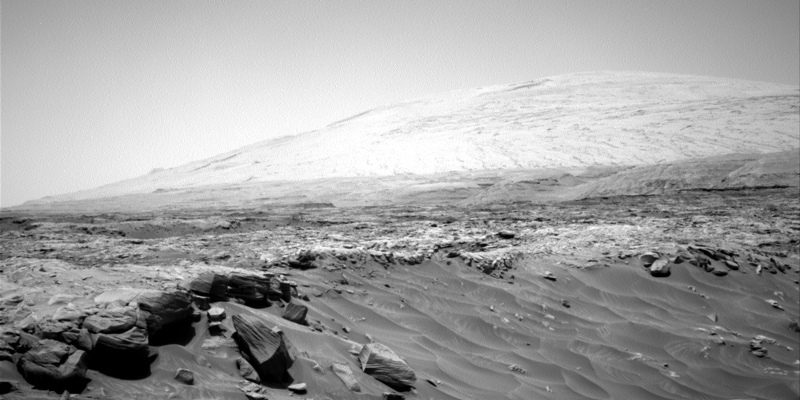2 min read

The priority for the sol 2720 plan is to drop off and analyze a sample of the Edinburgh drill hole in SAM, but we’ve got plenty of remote sensing in the plan too, much of it building on our previous observations from this spot. We start each morning with a Navcam dust devil survey. On Sol 2720, Mastcam has a stereo mosaic of a nearby hilltop, extending a previous mosaic to look for changes in the weathering behavior of the pediment cap rock. This is followed by ChemCam observations of two sandstone bedrock targets named “Tron Kirk” and “Dunedin” and extensions of two long-distance RMI mosaics of the “washboard” surface of the pediment. Mastcam will document the ChemCam targets, and then take some pictures of the SAM inlet before and after sample dropoff. Navcam also has an 8-frame movie toward the south to watch for atmospheric activity like clouds. APXS then has an overnight atmospheric observation (yes, APXS can measure the atmosphere too!).
On Sol 2721, ChemCam has a vertical measurement inside the Edinburgh drill hole. After Mastcam documents that observation, it will add some frames to its own mosaic of the washboard pattern on the pediment. Navcam will then take a picture toward the north to study the amount of dust in the atmosphere. The rest of sol 2721 will be taken up by SAM’s analysis of the Edinburgh sample.
Written by Ryan Anderson, Planetary Geologist at USGS Astrogeology Science Center







